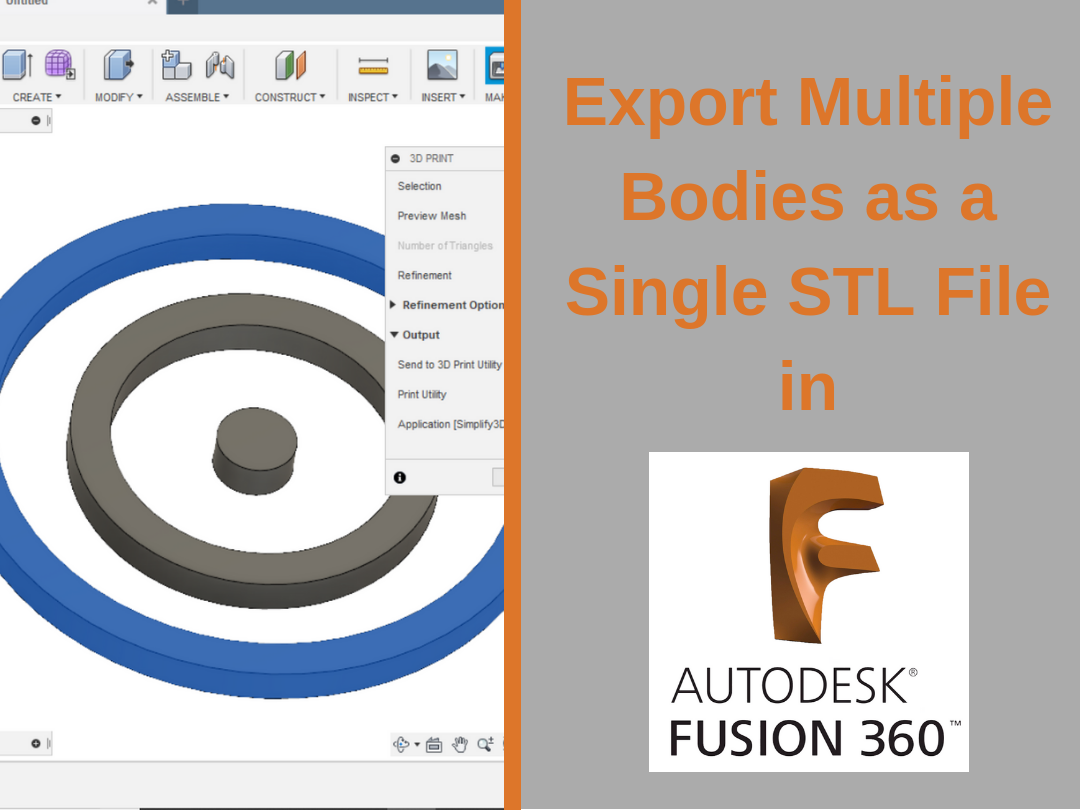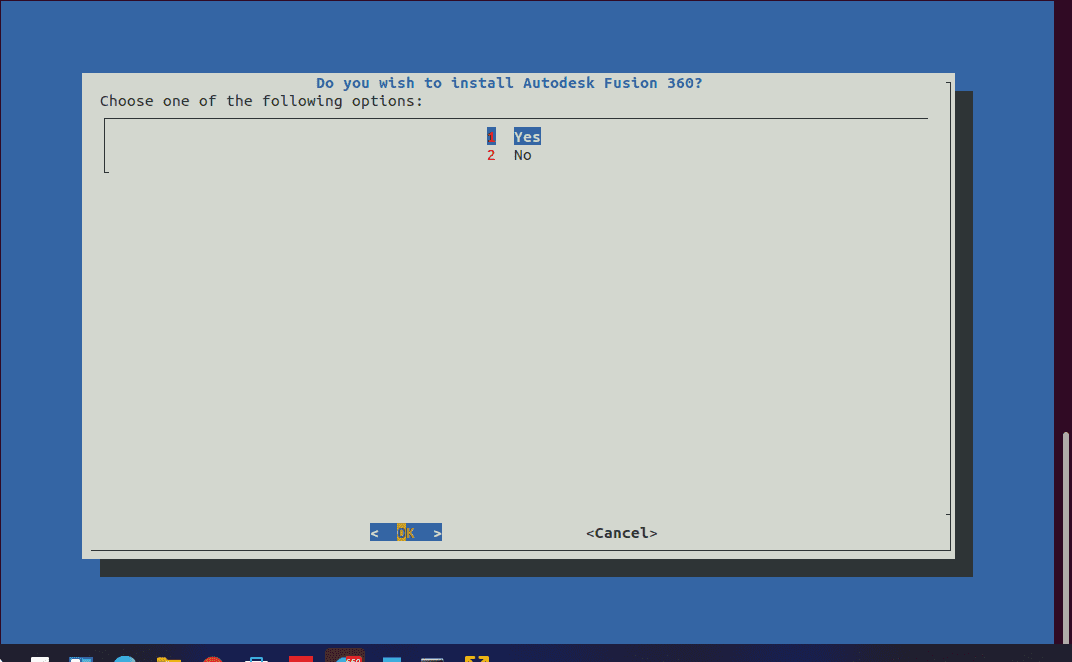

Type LT and press enter, select Load button then click on File button and load the. You can delete the shape file after it is inserted once in your drawing.Īfter adding the shape file and loading the shape in your drawing you are all set to import the linetype file now. This step of inserting shape in the drawing may seem unnecessary but it is quite important as AutoCAD will now recognize the shape file used in the linetype once you insert it in the drawing.

Click at a point in the drawing area and press enter twice to accept the default value.

Type CLT and press enter (this is shape file we created in the second linetype example above and I am using this linetype here), the shape will now follow your cursor. Type SHAPE and press enter, command line will now prompt you to type the name of the Shape. The shape is now loaded in the current drawing. Now type LOAD and press enter, select the SHX file created in the example above and click on Open. shp file in the same location where your. 25 gap then “A” text in standard text style then a gap of 0.4 and again segment length of 1 and then pattern repeats.ĪutoCAD will automatically create the SHX file from that. Here the length of the first segment is 1 then. 1 again here indicates the length of dash line and then the whole pattern repeats itself.Again -.4 is the gap length after the text.In this case, A is the text in Standard text style and y=.1 is the offset value of text along the Y-axis (explained in the video) S=.2 is the scale of text. The value inside square bracket is for the text.-.25 is the gap length, any value followed by the negative sign indicates the gap length of linetype.1 here indicates the length of the dashed line, this value can be anything and it will indicate the length of the dash.The A character here indicates that the construction of linetype starts from this point.This is the description of the linetype that shows up on Linetype window, this is added after putting a comma next to the linetype name.In this case, the name of linetype is ATEXT The new linetype starts with * sign followed with the name of linetype.Let’s discuss all the components of this linetype file, they are marked with numbers and I am explaining these numbers here. Now command line will prompt you to add starting point, click on the midpoint of the left line as shown in the red circle in the image below and second point right opposite as shown with the green circle.Īll the characters of this file have a specific meaning. Press enter again on the next prompt to skip adding any description. Now the command line will prompt you for the name of linetype, type CLINE, and press enter. I am using the desktop as the location and “Complex line” as the name. Now Specify a location where you want to save this linetype and give it a name. To start making linetype from this shape you need to start with MKLTYPE command. Now we have the shape clearly overlapping the existing drawing. On the next prompts of height and rotation angle simply press enter to accept the defaut values and exit the command. This will overlap the shape on existing geometry. The cursor will now have the shape, click on the midpoint of left line again as marked in the red circle in the image above. Type SHAPE and press enter, command line will prompt you to enter the name of shape which you want to insert, type CLT and press enter again. The CLT Shape file is now created and it can be used for making our linetype. Press enter and it will prompt you for a description, add the description which you want or press enter to skip this. I will use ATEXT as the name of linetype. Now the command line will prompt you to specify the name of linetype. In my case, I am selecting desktop as the location and naming it as Sample_Ltype. Specify a location where you want to save this custom linetype and give it a name. Now type MKLTYPE and press enter, Select linetype file window will show up. MKLTYPE doesn’t recognize Mtext hence we need to convert Mtext into text using explode command before using the command. By doing so we can convert a Mtext into simple Text or single line text. Select the text as well as arrow symbols then type X and press enter. For this, we will use MKLTYPE express tool.īut before using this tool explode the text and arrow symbol. Our segment of linetype is ready and we can convert it into a linetype. After adding text and symbol make two lines of equal length as shown in the image 1. Now type A and repeat the process of adding the left pointing arrow symbol. Now right click in the text box and select Paste from the contextual menu, you can also use Ctrl + V to paste the character.


 0 kommentar(er)
0 kommentar(er)
